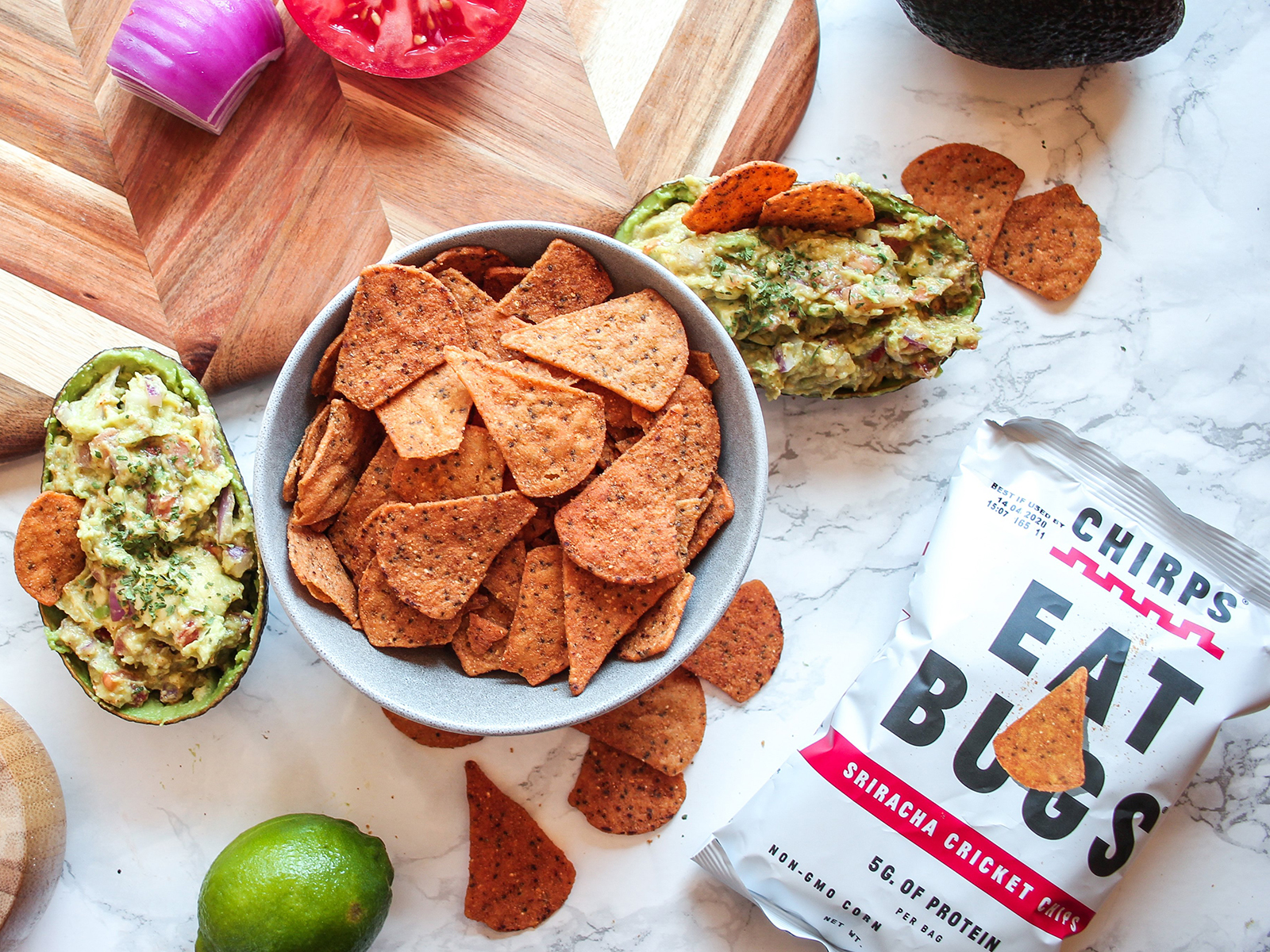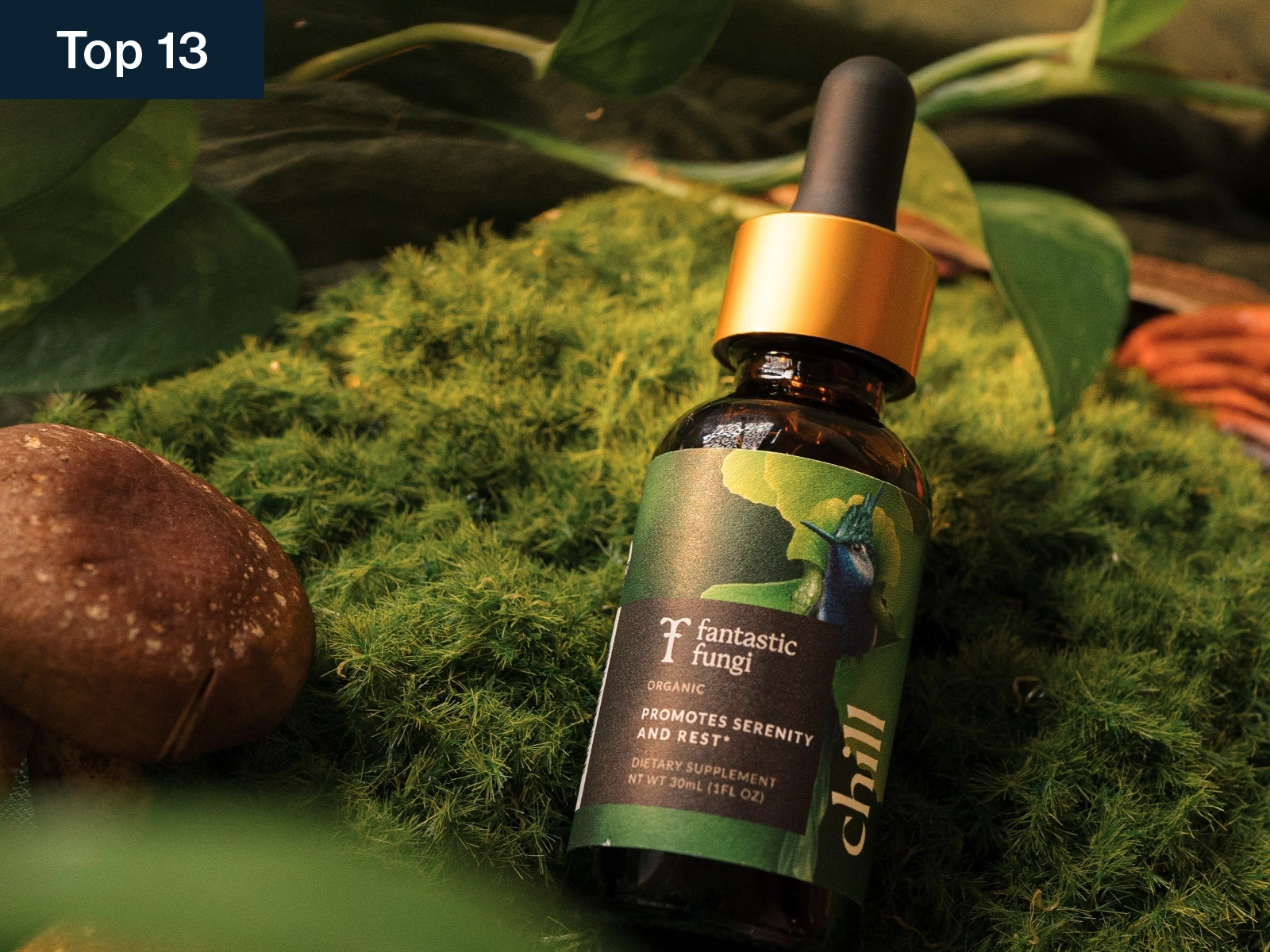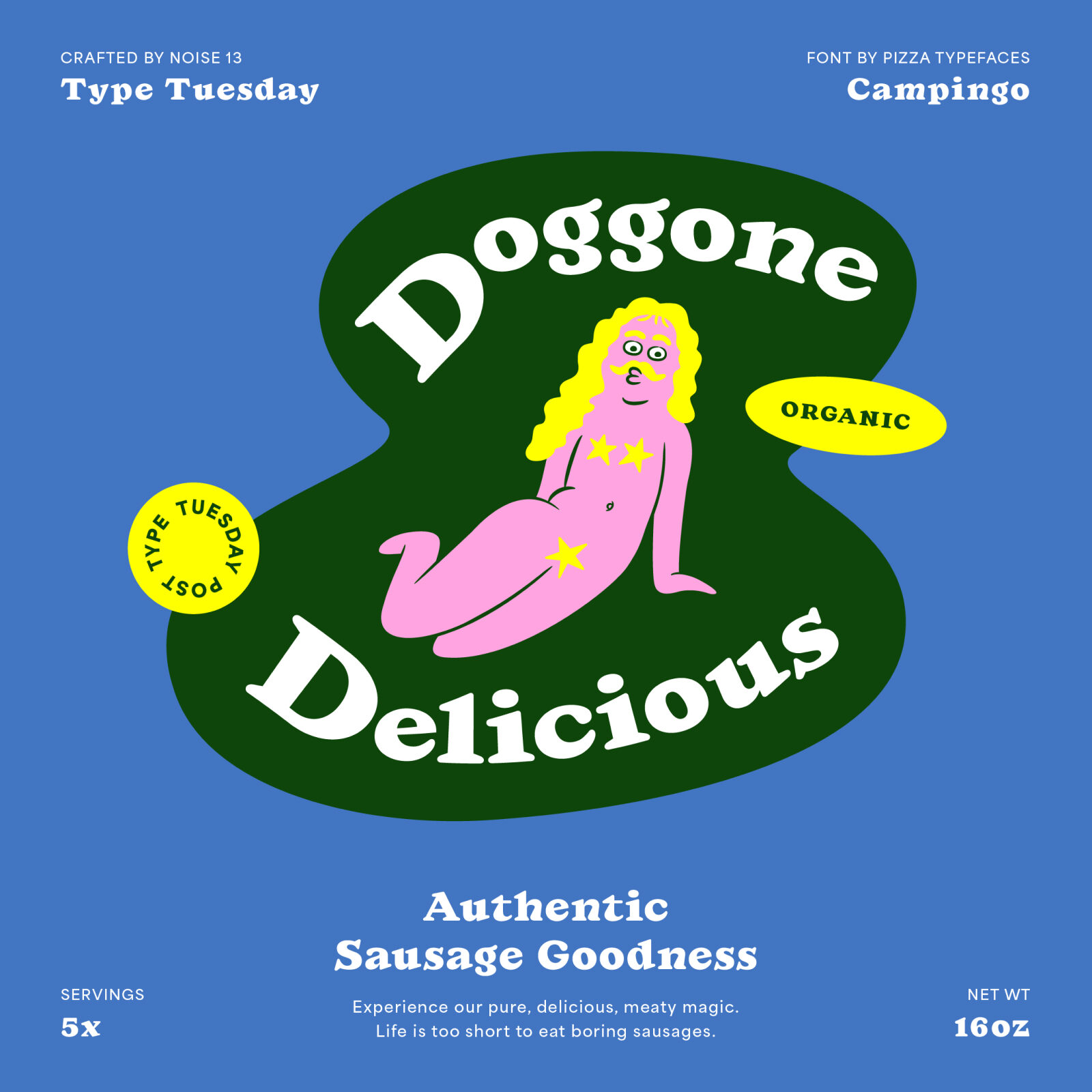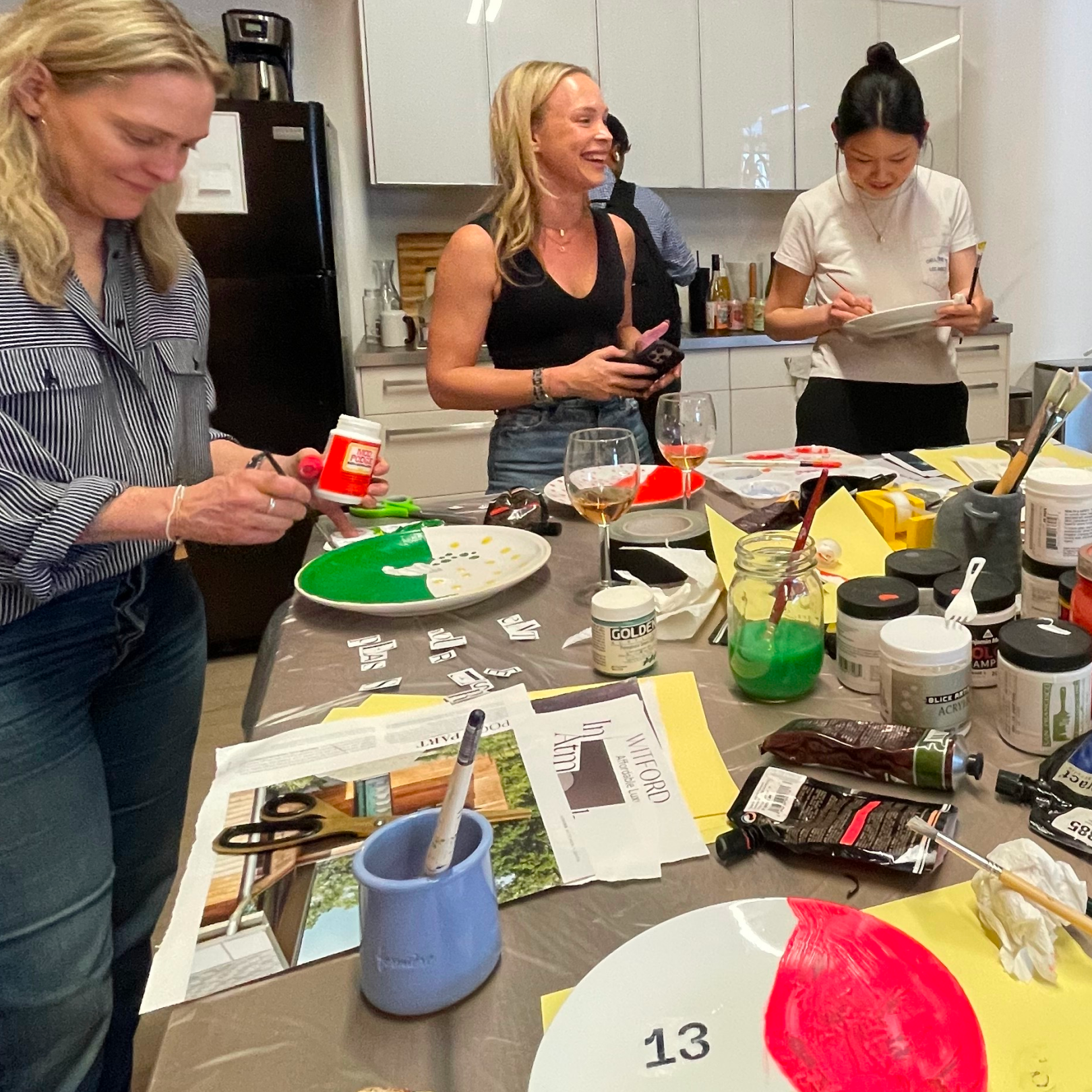Save the World, Eat Bugs

(Photo credit: Nat Hines, Chirps)
At your next party, serve a bowl of Chirps™ brand chips. As your guests crunch down on the delicious triangle morsels, share some fun facts about their snack choice. Like how they’re supporting a very unique and eco-friendly protein source, or how they’re on their way to their daily recommended amount of vitamin B12. Then reveal the packaging, a stark white bag with big block lettering that reads “EAT BUGS.” It’s time to let them in on one last fun fact: Chirps are made with cricket flour.
Public awareness of the harmful effects of the meat industry has sparked an explosion of alternatives that promise to be better for our bodies and the planet. Insects are high in nutritional value and light on the environment, making them an attractive choice for earth conscious food entrepreneurs.
Although “plant-based” has captured the limelight, the demand for edible insects is gaining speed at much more than a snail’s pace. Barclays estimates that the edible insect market will grow from $1billion in 2019 to $8billion in 2030, and brands like Chirps are cashing in.
Here in the US, eating insects is a relatively new concept. The always curious team at Noise 13 decided to take a look at what edible insect brands are doing to reach consumers.
Be Bold
Whether it’s Chirps’ in-your-face slogan of “EAT BUGS” or the bright packaging of San Francisco’s Don Bugito, which also puts the ingredient front and center, edible insect snack companies are doubling down on their unique differentiator. Boldness is more than just retail shelf shock value. It reflects the voice of the daring, curious, eco-conscious consumer who, like the brands, should feel proud to eat bugs.
Big Benefits
Insects are better for the environment than just about any traditional animal food source, and they offer legitimate nutritional value. Crickets, for example, are packed with protein, vitamins, and minerals. Brands might catch a consumer’s attention with the bold packaging, then seal the deal with product claims. While adding “sustainable” and a protein callout is cost-of-entry, visual storytelling can take the benefits language to the next level. EXO does an amazing job of this by using an animated infographic on their website.
Baking to Bars
Insect flour has a massive range of applications and shows up in chips, sweets, nutrition bars, baked goods, and supplements. Creative entrepreneur Anne Carlson captured another area of the edible insect market with her cricket flour-based dog treats company, Jiminy’s. The same rules of branding apply for products for four- or two-legged consumers. As long as consumers have an appetite for better-for-you alternatives, the opportunity for insect flour as an ingredient is nearly endless.
Here at Noise 13, we have deep roots in the food space, and we are always thinking about sustainability and keeping a watchful eye on future trends. Strong branding and messaging will define the success of the companies riding the entomophagy (eating bugs) trend, especially in the US – we can’t wait to see this industry develop.
If you’re looking to launch an edible insects brand or refresh an existing one, we’d love to work with you. Just make sure to send us some samples of your product…






